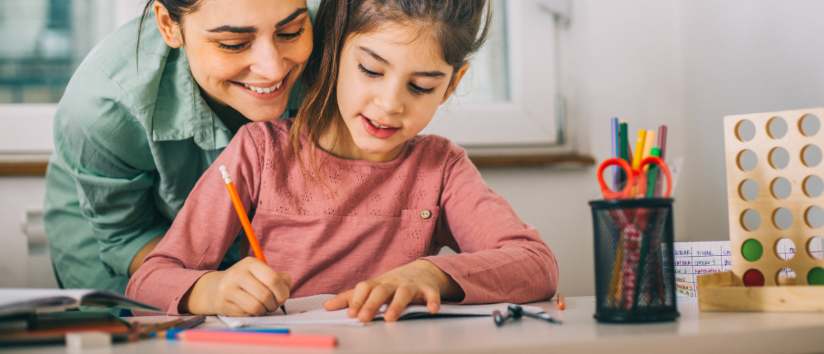NHS intervention helps caregivers become more attuned to a child's needs
The Tavistock and Portman NHS Foundation Trust has teamed up with parents to co-produce a new animation promoting Video-feedback Intervention to promote Positive Parenting (VIPP).

Rachel James, Consultant Clinical Psychologist and Associate Clinical Director and Paul Dugmore, Consultant Social Worker and Associate Dean, worked with parents who received the VIPP intervention to produce the animation. VIPP an ‘evidence-based’ intervention: its’ effectiveness has been demonstrated through 12 randomised controlled trials in different countries. Currently, the VIPP is used in more than 15 countries.
What is VIPP?
VIPP was originally developed by attachment researchers from Leiden University in the Netherlands. It is a preventative intervention in which the practitioner works primarily with caregivers and young children, filming interactions and making use of video-feedback. The practitioner records the child and their parent/carer carrying out different activities such as playing together, reading a book, tidying up, and having a meal. After the filming, the parent and the practitioner watch the recording from the previous visit and think together about what they see happening between the parent/carer and their child.
This enables detailed observations and discussions to take place, alongside sharing knowledge of child development. This helps the parent/carer to identify their child’s signals and to see the world though their eyes, understanding them more clearly. Based upon the principles of Attachment Theory, the intervention priorities creating a positive atmosphere and empowering the caregiver, reinforcing positive interactions.
Through helping caregivers glean a greater understanding of the child, the intervention limits behavioural problems in children aged 1 to 6 years old. Positive interaction is facilitated, aimed at increasing sensitivity and improving adequate discipline strategies of caregivers. VIPP works on:
- Increasing the observational skills of caregivers
- Increasing caregivers’ knowledge about the upbringing and development of young children
- Increasing the capacity of caregivers to empathise with their children
- Improving caregivers' confidence in parenting
- Making caregiving behaviour more effective by using sensitive responsiveness
VIPP usually takes place in the family home, with up to 7 visits taking place 2 to 4 weeks apart. Each visit lasts approximately 90 minutes. It is an ‘evidence-based’ intervention: its’ effectiveness has been demonstrated through 12 randomised controlled trials in different countries. Currently, the VIPP is used in more than 15 countries.
NICE Guidelines (National Institute for Health and Care Excellence) recommend the intervention for children who are adopted from care or are at high risk of going into care.
- See more: A quarter of pregnant and new mums have no access to mental health support
- See more: The resilience narrative obscures the wider causes and solutions for children's mental health
Rachel James, Consultant Clinical Psychologist, co-lead for the National VIPP Unit said:
“We know that service users are the experts on their experience on receiving services and it was crucial that we would co-produce the video with parent or carers who had lived experience of VIPP. We also saw it as an opportunity to build capacity in the broader children’s workforce and therefore wanted to ensure the animation would help professionals to understand the benefits to parents.”
Paul Dugmore, Consultant Social Worker and co-lead for the National VIPP Unit said: said:
“We wanted to develop the animation to enable evidence based help to be promoted to parents, carers and the universal children’s workforce. It was important for us to do this in an accessible way, to reduce any stigma around the challenges of parenting and ensure early intervention to support good mental health and wellbeing for infants, young children and their parents or carers.”
“The intervention was hugely beneficial – life changing for us all – and I was keen to help the team bring the benefits we had experienced to more families.”
Comments
Write a Comment
Comment Submitted